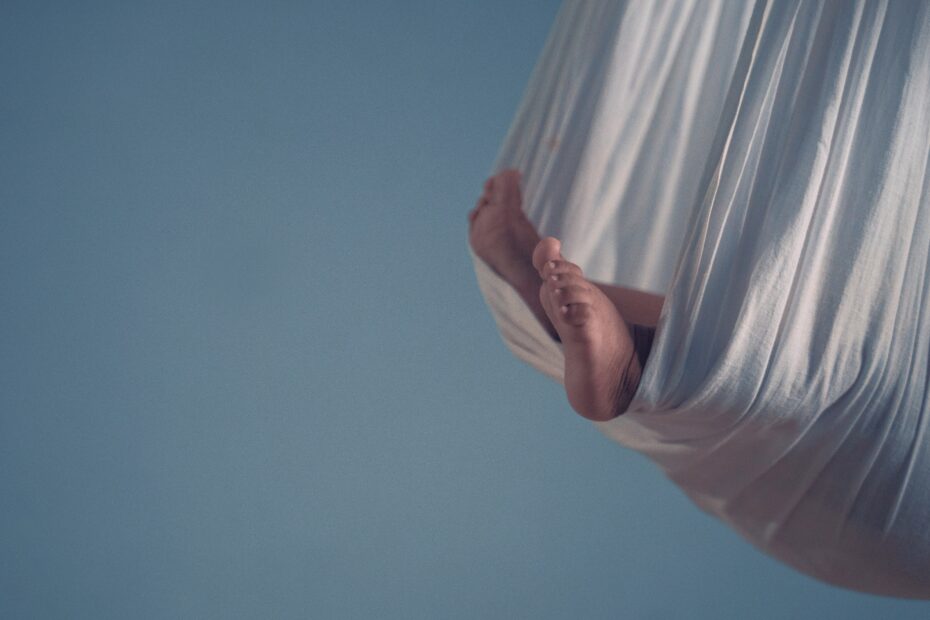The feet root into the earth or ground and the body stretches up from that platform. The toes spread wide and the center of the heel is the triangle base for this platform of the body. Irritations stemming from unhealthy feet interfere with practice.
Fungal Infections and Bare Foot Athletics, Including Yoga
There are several types of fungus that attack the foot. The end result is the same: itching and sometimes pain and scaling. Athlete’s foot (photo 2), named because athletes tend to be barefoot and sharing showers and floors and pass on this fungus, takes a while to cure with prescription or non-prescription creams and by keeping the foot dry. In some stubborn cases, anti-fungal pills may be necessary.
Toenail fungus infection occurs from moisture getting under the nail or between the nail bed and the toe. This can occur by clipping the toenail in a curved pattern rather than straight across or by the toe nail being traumatized by a kick or rubbing against the floor or mat and cracking or splitting so eventually getting moisture under the nail. This can cause a fungus to develop. It can get painful. Sometimes the nail needs to be removed.
Foot or Nail Infections from Public Places and Outdoors
There are a variety of ways the foot can become infected. Some are described below.
- Infections can happen from footbaths shared by others, for instance pedicures in unwashed basins have been known to cause staph infections requiring long-term antibiotics.
- Public Jacuzzis and hot tubs can spread infection.
- Insect bites can cause itching or infection from being scratched. Anytime the skin is open it is possible to create an environment for bacteria. This, coupled with the perspiration from activity makes a warm invitation to germs.
- Puncture wounds are possible from splinters of objects left on the floor as the feet bounce or jump from place to place.
Other Foot Problems Caused by Bare Feet Activities or by Body Posture
Heel pain occurs from overuse or misstep and is different from ankle pain, which can occur from movement or which may arise out of heel pain as the foot tries to adjust itself to discomfort by changing the balance platform.
- New calluses can be caused by shoes but also because of foot posture. As bone collapses or shifts during bone loss, the foot shifts enough to alter the pressure points.
- The type of shoe worn before practice and warmth or unclean feet can cause foot odor.
- Circulation defects can cause cramping or foot discoloration. Checking the pedal pulses is a marker for good circulation and healthy heart and blood flow.
- Foot cramps and spasms can occur from cold floors or feet. Warming up the feet before movement is a good idea.
- Stress fractures are unusual in yoga type barefoot activities.
- Many people have two slightly different sized or shaped feet. People may be right footed similar to being right handed or vice versa. One side may compensate for the other. Eventually the feet are affected by the subtle movements used to equalize position and balance.
Evaluate the Foot when New Foot Problems Occur
Check the footprint when wet to see if the arch is flat or the size differs between both feet. Check the walk to see how the toes turn in or out. This is also determined by how the shoes or flip-flops wear out – by the inner sides or outside the shoe or how the heel of the shoe wears.
In yoga, the toes are like fingers grabbing the earth. Be sure all toes can spread evenly. Rock back and forth on the feet making sure the entire foot can press into the ground. When standing on one foot, feel the lateral foot and all five toes pressing into the earth along with the center of the heel. Bad foot placement can create head pain or jaw or back pain. People take time to find shoes to help walk properly, don’t ignore the bare foot exercise as an opportunity to create a solid foot grounding and strong feet. Persistent foot problems may need professional analysis from a podiatrist who specializes in the foot and ankle.
